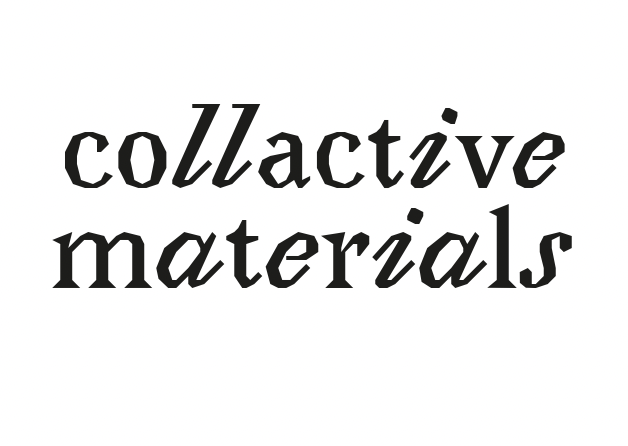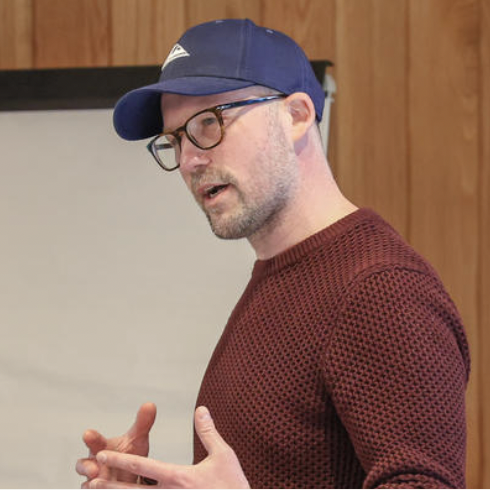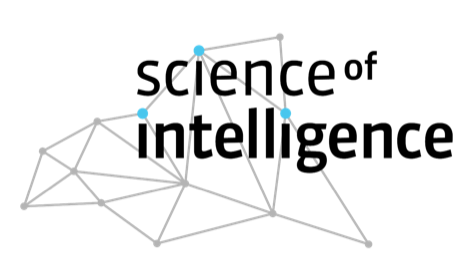
What are futures made of? Collactive Materials, a joint SCIoI/MoA project
Abstract: The BUA-funded experimental knowledge transfer project CollActive Materials, a collaboration between the Clusters of Excellence Science of Intelligence and Matters of Activity, encourages speculation on what the future has in store. Which intelligent materials will pave our tomorrows? How can substances and materials change our world in an intelligent way? What will the world















